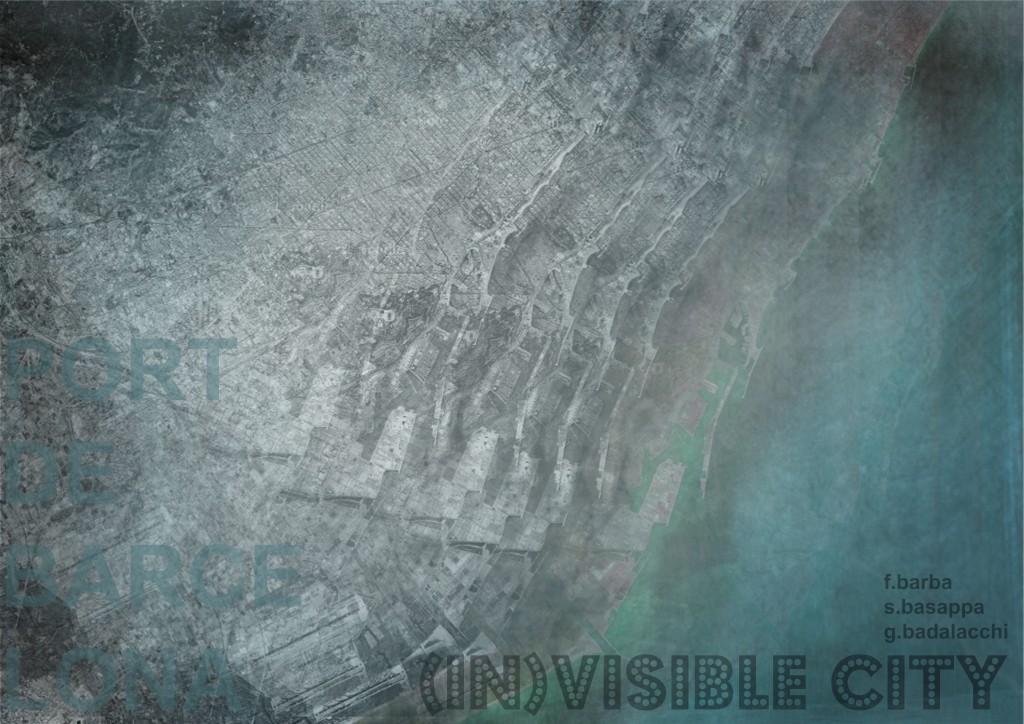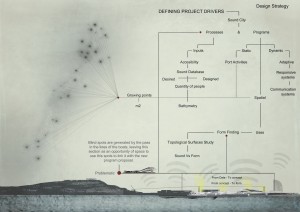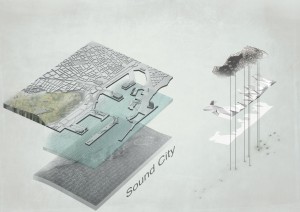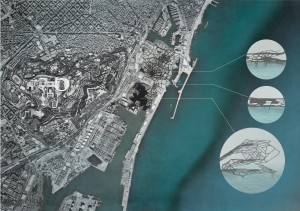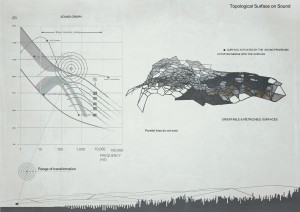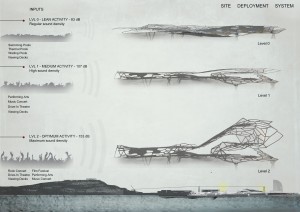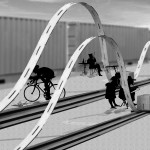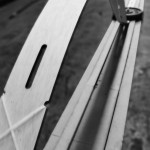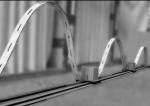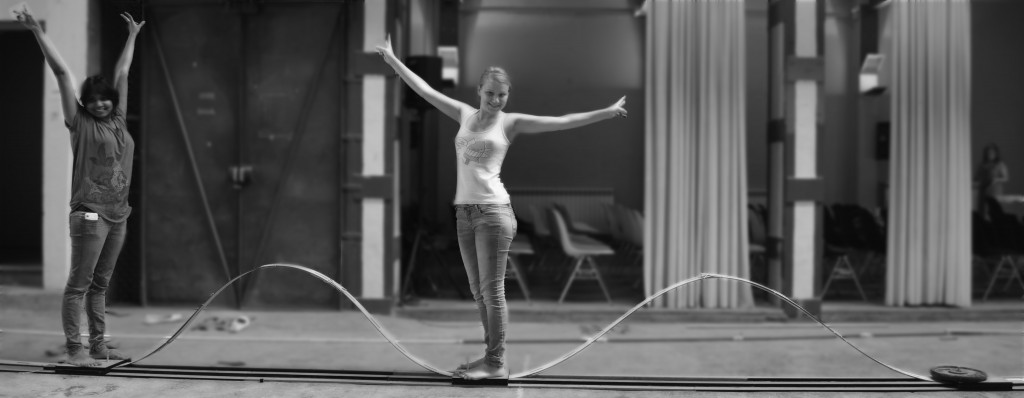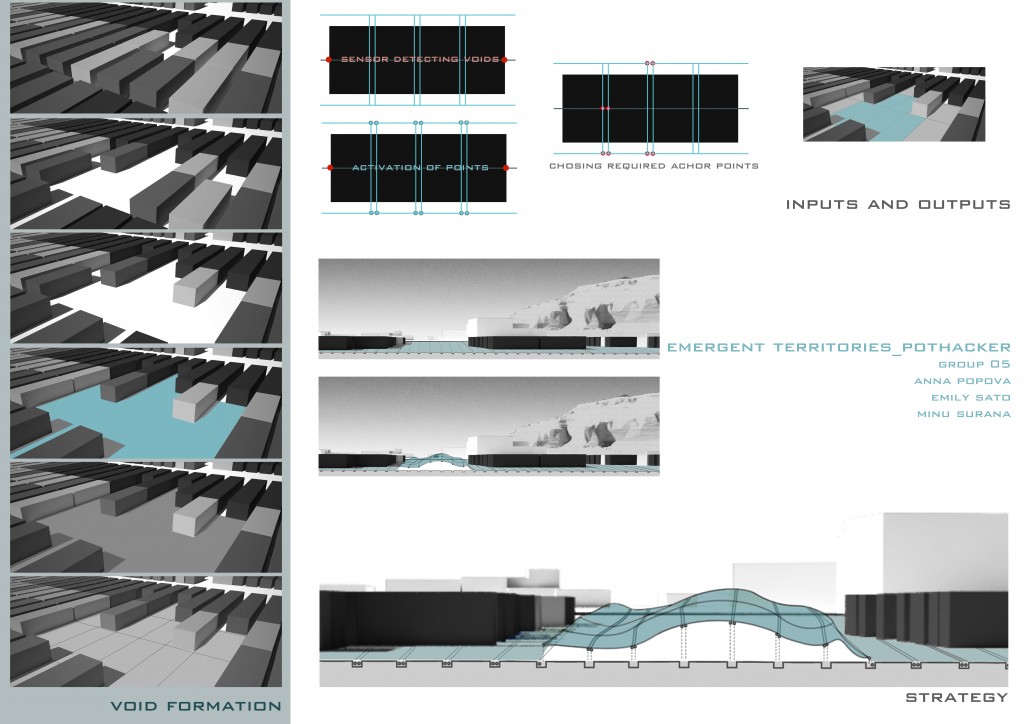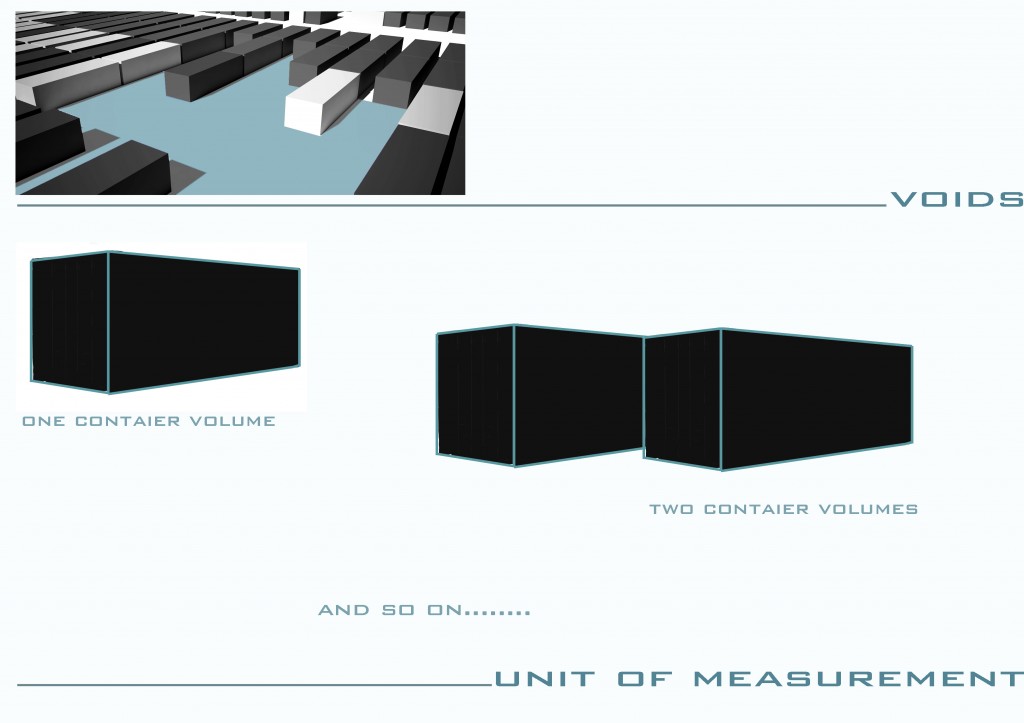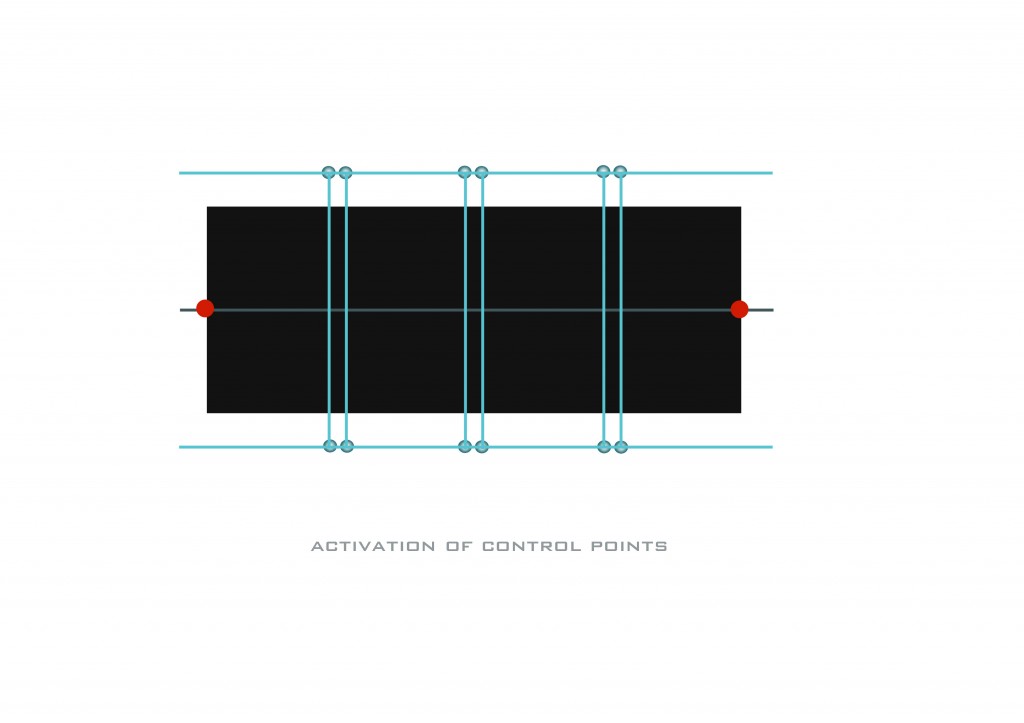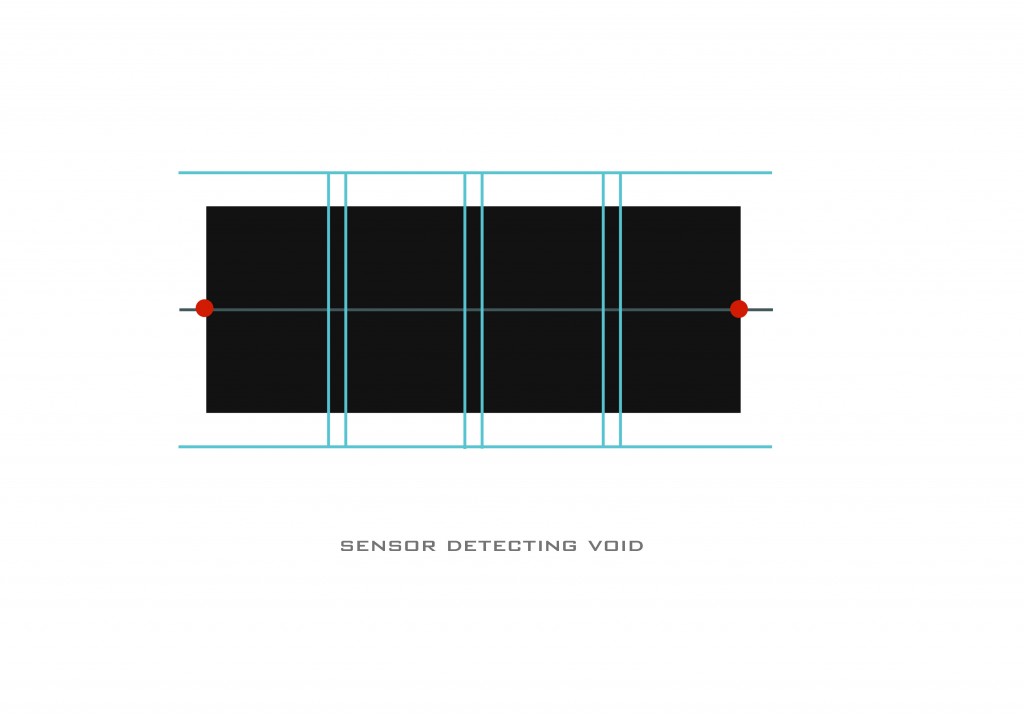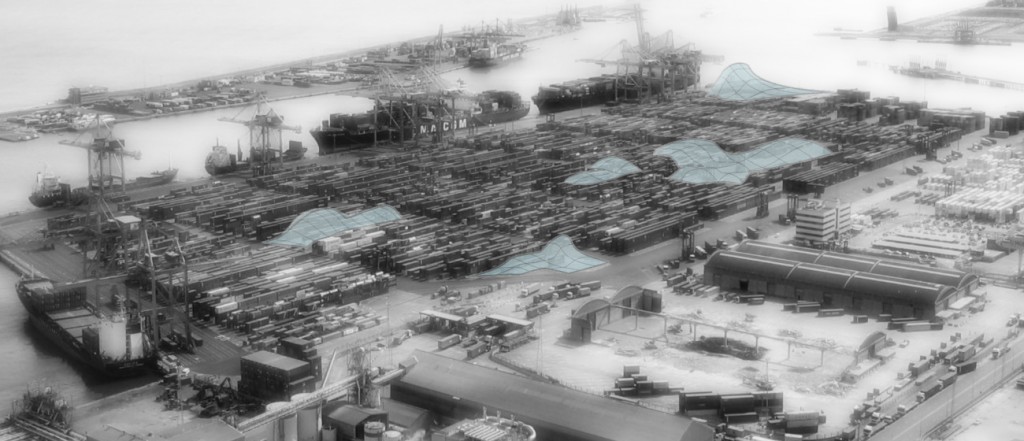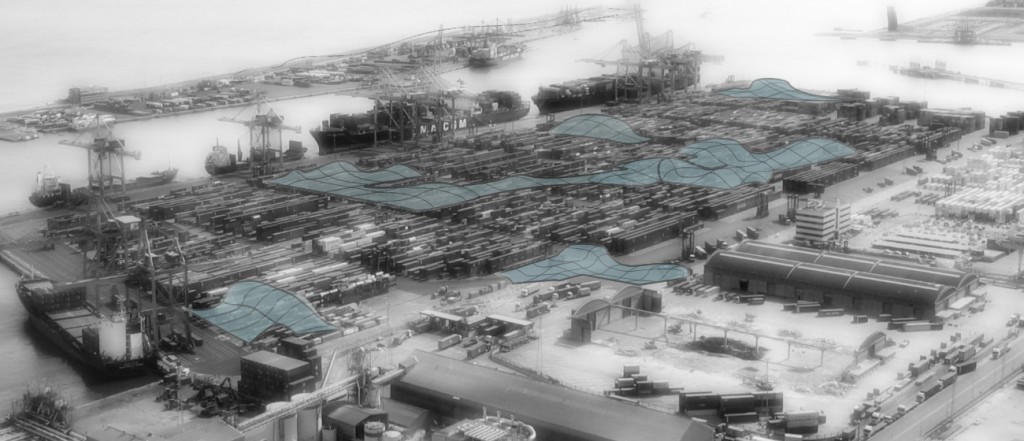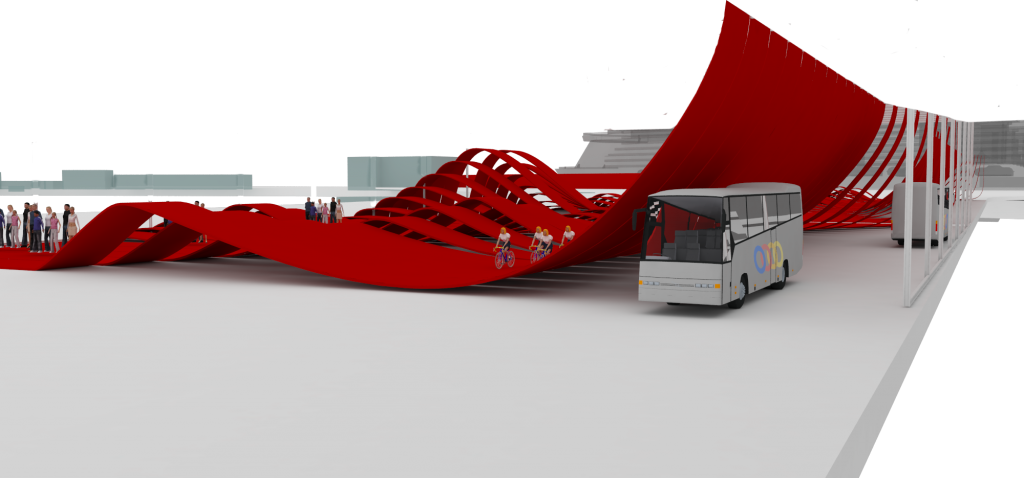Invisible City as a project has gone through a process of research, analysis and hypothesis and we are now looking at the translation of the design objectives into a feasible project.
Sound forms the central trigger of a design system that is an intervention in the visible-invisible landscape of the ocean and the port. Data gathered by sound sensors, placed at the bottom of the ocean bed and along the port shoreline, is translated into a matrix of usable spectrum of values. This then activates the sound responsive platform to rise to and above the water surface to varying heights, depending on the sound input received. The scale of the expanse and height of the platforms is the output, directly related to the input-sound.
Constraints and parameters were arrived at taking into consideration time available for the movement of the platforms, ship and cargo movement on the surface of the water, port activities as well as the design programme of the Sound City activities.

